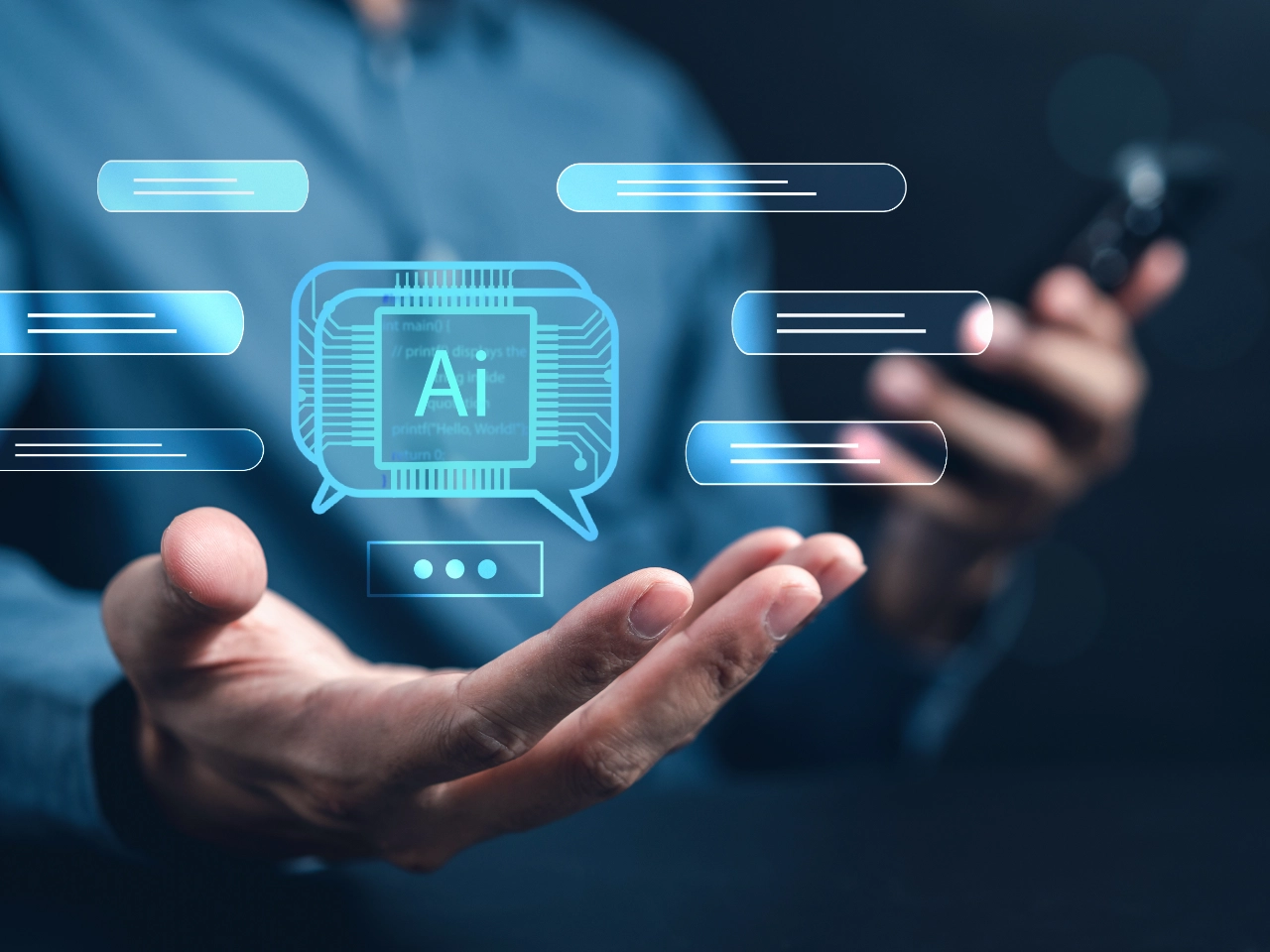Artificial Intelligence has become a familiar presence in almost every developer’s workflow. According to the 2025 Stack Overflow Developer Survey, 84% of developers are using or plan to use AI tools, yet more than half don’t fully trust the results.
At BBI Brandboost, we use AI daily. We’ve seen its potential to make development faster and more efficient — but we’ve also seen its downsides. Some days, it feels like magic; other days, it feels like a clean-up operation waiting to happen.

This article explores how AI has changed the development process, where it truly adds value, where it can go wrong, and how to use it responsibly.
How AI Has Changed Our Workflow
Let’s start with a comparison.
Before AI:
A developer gets stuck on a problem, opens a browser, searches Stack Overflow or GitHub Issues, hops between tabs, copies snippets, adjusts, tests, and repeats. Productive, but fragmented.
Today:
We can prompt AI directly inside our code editor. Within seconds, it generates a draft — something to test, refine, and build upon.
The result? We use Stack Overflow less for routine issues, though it remains invaluable when AI outputs something unexpected or when a second opinion is needed. Interestingly, around 35% of Stack Overflow visits now stem from AI related issues.
This hybrid workflow — let AI generate, then guide and correct — is what we believe could be the norm.
The Upsides
There’s no denying the gains:
- Fewer distractions: AI reduces context switching, keeping developers in “flow” for longer.
- Faster prototyping: It can scaffold a concept in minutes.
- Less boilerplate: Routine code, documentation, or test skeletons can be generated quickly.
- A learning tool: For junior developers, it’s like having an always available tutor explaining syntax or patterns.
One example: When we needed a WordPress AJAX endpoint to filter posts, AI delivered a working version in under a minute — perfect for testing logic before production.
The Drawbacks
But let’s be honest: the code AI generates is rarely ready for production.
- Review overhead: Output often needs significant debugging or rewriting.
- Security concerns: Missing validation, hard coded secrets, and skipped permission checks are common.
- Hallucination: AI can reference functions, classes, or even libraries that don’t exist.
- Architectural misalignment: It doesn’t understand your system’s design, dependencies, or constraints.
The result? Time saved upfront can easily be lost later to refactoring, debugging, or patching security holes.
The Dark Side of AI in Development
AI code can look convincing while hiding serious flaws beneath the surface. Some of the most common risks we’ve seen include:
- Lack of sanitisation and validation, opening doors for SQL injection or XSS attacks.
- Hard coded credentials, sometimes embedded directly into generated code.
- Broken authentication logic, where authorisation checks are skipped entirely.
- Phantom dependencies, where references are made to libraries that don’t exist.
In one instance, we prompted AI to build a WordPress plugin scaffold. It worked — mostly — but we found missing sanitisation, hardcoded paths, and skipped activation hooks. Useful as a starting point, yes, but definitely not deployable.
Another time, the AI generated a non-existent package reference, halting the entire build process. These examples show that while AI can write code, it can’t yet fully understand it.
Why AI Won’t Replace Developers
Some companies believe AI can replace developers. That’s a costly misconception.
AI can’t plan architecture, anticipate client needs, or make judgement calls about scalability and performance. It doesn’t understand the future requirements or the “why” behind a project.
When things break — and they will — it is human developers who fix, refactor, and maintain. Over reliance on AI can create technical debt, inconsistent codebases, and a lack of accountability. Rehiring skilled developers to clean up the mess is often far more expensive than using them from the start.
How to Use AI Safely and Effectively
Used correctly, AI is an extraordinary accelerator. Used recklessly, it’s a liability. Here’s how we balance speed with safety:
- Start with smart prompts. Ask for secure, validated, well documented code and specify your framework and constraints.
- Always review. Never deploy unverified AI code. Check for validation, security flaws, performance issues, and dependency accuracy.
- Automate quality checks. Use static analysis and security scanning tools.
- Maintain consistency. Refactor AI code to match your internal architecture and naming conventions.
- Train your team. Encourage understanding, not just acceptance. AI should assist, not replace comprehension.
The Future: Collaboration, Not Replacement
We see AI as an aid, not a substitute. Developers who learn to guide, verify, and refine AI output will thrive. Those who hand over control may find themselves drowning in technical debt.
Future improvements will likely include:
- Domain specific models trained on known frameworks.
- Security layered AI tools that automatically flag unsafe suggestions.
- Dedicated “AI code maintainers” to oversee and harden generated code.
Key Takeaways
- AI tools can multiply productivity, particularly for boilerplate, documentation, and prototyping.
- Code understanding is essential. Always test and review before deploying.
- AI dependence can lead to long term costs, including technical debt and loss of craftsmanship.
- Developers remain irreplaceable. AI can assist, but it can’t think critically or take responsibility.
At BBI Brandboost our development team has a vast amount of experience that cannot be replaced by AI. But their knowledge means AI can assist them in development tasks ensuring that end results remain clean and meet any project requirement set upon them.
If you have any website development projects in mind, our team would love to speak to you.